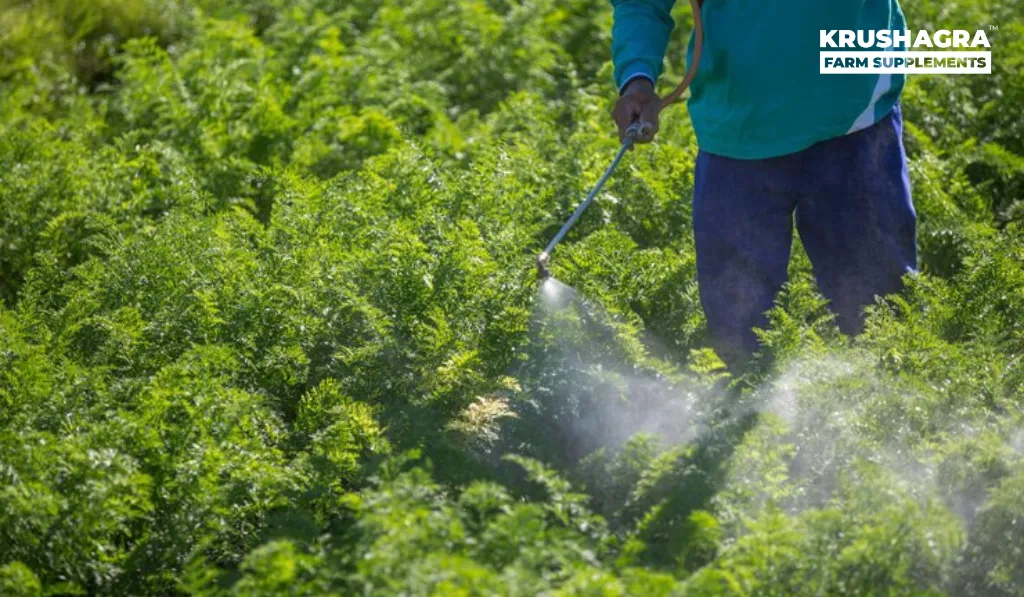Introduction
The battle against agricultural pests has been a constant challenge for farmers and growers around the world. Among the most notorious pests are thrips and mites, which can cause significant damage to crops. To combat these threats, the use of pesticides has been a conventional approach. However, with growing concerns about environmental impact and human health, the spotlight has turned to biopesticides as an alternative. In this detailed blog, we will delve into the comparison between biopesticides and traditional pesticides in controlling thrips and mites, exploring their effectiveness, benefits, and potential drawbacks.
Understanding Thrips and Mites
Thrips and mites are two common and damaging agricultural pests that pose significant challenges to crop cultivation. Thrips are tiny insects equipped with rasping mouthparts, enabling them to puncture plant cells and extract their contents. This feeding behavior results in deformities, discoloration, and reduced crop quality. On the other hand, mites, belonging to the arachnid family, feed on plant tissues by puncturing cells and consuming their contents. This feeding pattern causes stippling, leaf curling, and necrosis, leading to weakened plants and potential yield loss. These pests collectively undermine the health and productivity of crops, necessitating effective pest management strategies.
Traditional Pesticides:
- Effectiveness: Traditional chemical pesticides have a track record of effectively controlling thrips and mites. They offer rapid results and can provide immediate relief from infestations.
- Residual Effect: Many traditional pesticides have a longer residual effect, providing continuous protection against pests. This can be especially advantageous in areas with persistent infestations.
- Drawbacks: Traditional pesticides often come with drawbacks. They can harm non-target organisms, including beneficial insects, and contribute to pesticide resistance. Their persistence in the environment can also lead to soil and water contamination.
Biopesticides:
- Mode of Action: Biopesticides use naturally occurring substances or microorganisms to control pests. They can target specific pests without harming beneficial insects or the environment.
- Effectiveness: While biopesticides may take longer to show results compared to chemical pesticides, they can be highly effective in managing thrips and mites over the long term. They can disrupt pests’ life cycles, affecting their reproduction and growth.
- Environmental Impact: Biopesticides are generally considered more environmentally friendly. They have minimal impact on non-target organisms, reduce chemical residue in crops, and pose lower risks of groundwater contamination.
- Resistance Management: Biopesticides can be an important tool in resistance management strategies. They can be rotated with chemical pesticides to prevent the development of pesticide-resistant populations.
Considerations for Farmers and Agro-enthusiasts:
- Integrated Pest Management (IPM): A combination of both traditional and biopesticides as part of an IPM approach can offer a balanced and effective strategy for controlling thrips and mites.
- Crop Specificity: Biopesticides tend to be more target-specific, making them suitable for sensitive crops or situations where preserving beneficial insects is crucial.
- Cost: Traditional pesticides can be cost-effective in the short term, but biopesticides’ long-term benefits in terms of sustainability and reduced chemical inputs can outweigh initial costs.
- Regulatory Compliance: Different regions have regulations regarding pesticide usage, residues, and environmental impact. Biopesticides may align better with these regulations.
Conclusion
The decision between using biopesticides or traditional pesticides to control thrips and mites is a complex one that involves factors such as effectiveness, environmental impact, and economic considerations. While traditional pesticides offer rapid results, biopesticides provide a more sustainable and environmentally friendly solution. Integrated pest management that combines both approaches can offer a holistic strategy for managing pests while minimizing risks to human health and the ecosystem. In the ever-evolving landscape of pest control, the pursuit of balanced and effective solutions remains at the forefront of sustainable agriculture.






